Forms
The CASSEN Chain of Custody for air samples and bulk material samples can be found here.
Instruction Videos
Need some help with using sampling media or equipment? You can find helpful videos here that will guide you through step by step.

6TTsQmqw_vc

Pump Calibration and Flow Rate Comparison
Sampling Instructions
Dr_19E57jJE

Passive Sampling using SKC UMEx Badges
Sampling Instructions
uL2HV9mSX_s

Passive Sampling using a Thermal Desorption Tube
Sampling Instructions
gedGEzaW5Sk

Air Sampling using a Tedlar Bag and Vac-U-Chamber
Sampling Instructions
vyb76Fk4yzI

Active Sampling using a Thermal Desorption Tube
Sampling Instructions
Sampling Instructions
The following instructions are provided for reference. Many analyses have unique requirements and therefore you should always contact our lab if you have any questions.
Active Sampling with Sorbent Tube
Diffusive Sampling with Sorbent Tube
Sampling for PAHs
Sampling for Isocyanates
3M Organic Vapour Monitors (OVM)
Pocket Pump Operation
Collection of Surface Wipe Samples
SKC UMEX-100 Operating Instructions
SKC Tedlar Bag Operating Instructions
SKC Aluminum Cyclones Operating Instructions
GilAir3 Pump Operating Instructions
LpDNPH S10L Air Monitoring Guide
Technical Resources
The links below have been listed to provide you with alternate resources that can give additional information on the topics. We hope you find these sources useful.
Analytical_Methods, Leadership_in_Energy_and_Environmental_Design_(LEED), Chemical_Exposure_Limits, Indoor_Air_Quality_Resources, Chemical_Management_and_Safety
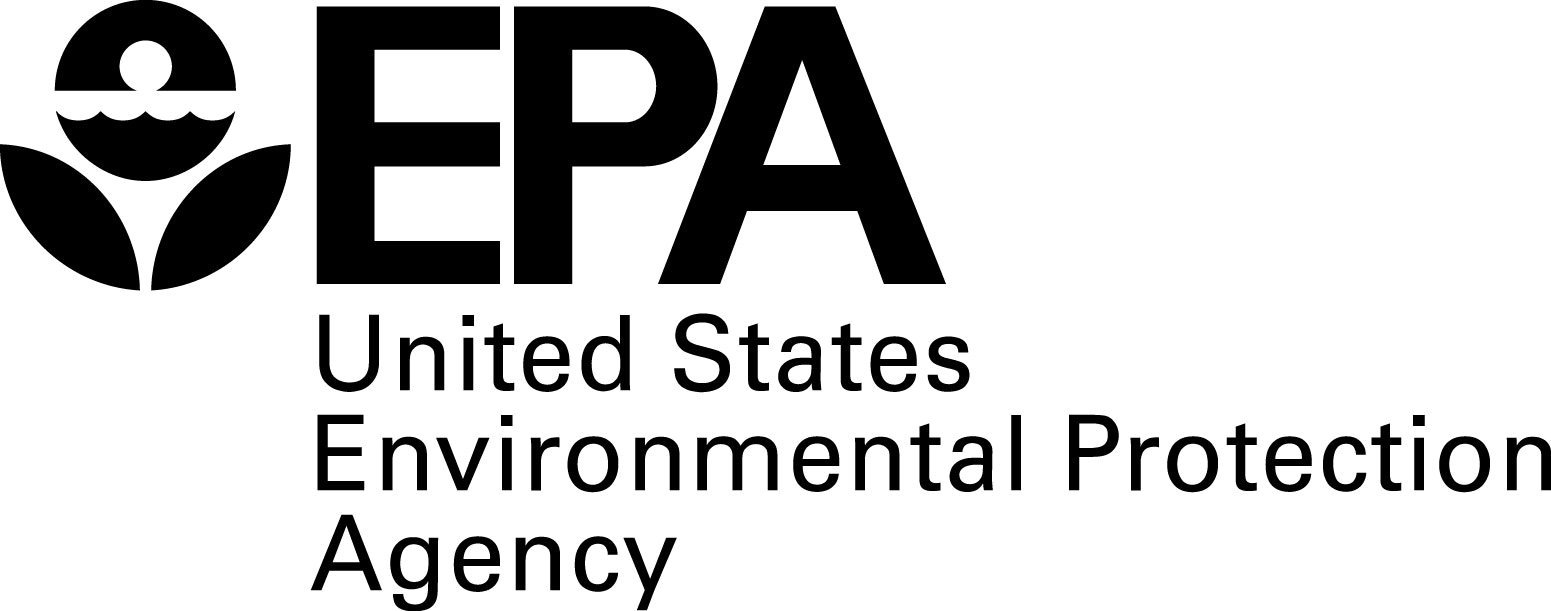
EPA Air Toxics Monitoring Methods
Environmental Protection Agency (EPA) provides analytical methods that are approved procedures for measuring the presence and concentration of chemical compounds in specific environments, such as indoor air.

NIOSH Manual of Analytical Methods
National Institute for Occupational Safety and Health (NIOSH) has a database of analytical methods for determination of occupational exposure to chemical contaminants in air. NIOSH methods include information about sampling and quality assurance and they have been evaluated based on established experimental protocols and performance criteria.

OSHA Sampling and Analytical Methods
Occupational Safety and Health Administration (OSHA) has analytical methods that were developed and tested for internal use by OSHA staff. The index of Sampling and Analytical Methods contains method number, validation status, CAS #, analytical instrument and sampling media.

International Organization for Standardization (ISO)
The International Organization for Standardization (ISO) has industry-specific standards. The most commonly used ISO standards for air quality testing are ISO 16017-1:2000 (“Indoor, ambient and workplace air – Sampling and analysis of volatile organic compounds by sorbent tube/thermal desorption/capillary gas chromatography – Part 1: Pumped samplingâ€) and ISO 16017-2:2003 (“Indoor, ambient and workplace air – Sampling and analysis of volatile organic compounds by sorbent tube/thermal desorption/capillary gas chromatography – Part 2: Diffusive samplingâ€).
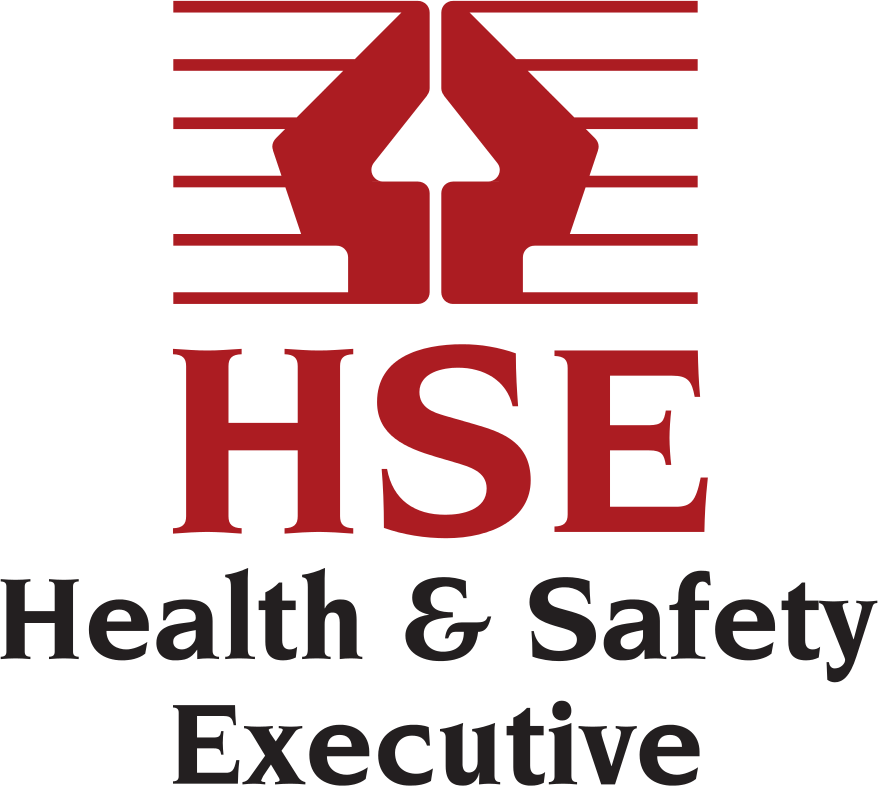
Health and Safety Executive
HSE Methods for the Determination of Hazardous Substances (MDHS) guidance
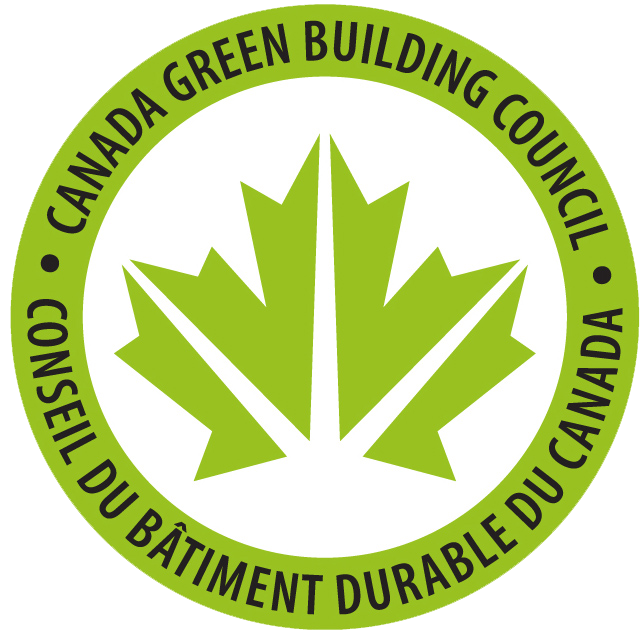
LEED Canada Rating Systems
Canada Green Building Council outlines Minimum Program Requirements (MPRs), which are basic criteria that a project must meet to be eligible for certification under the LEED Canada rating systems. MPR provide guidance for Canadian projects to determine if they are appropriate for certification and provides information about specific cases, exceptions, and motivation for different requirements.
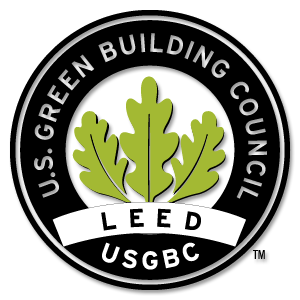
US Green Building Council
The United States Green Building Council provides a variety of resources for LEED certification of existing and new buildings, including offices, schools, hotels, etc.

International Labour Organization Chemical Exposure Limits
Recommended or mandatory occupational exposure limits (OELs) are available for different countries for airborne exposure to gases, vapours, and particulates.

OSHA Permissible Exposure Limits (PELs)
Occupational Safety & Health Administration (OSHA) in the United States sets permissible exposure limits (PELs) for workplace environments that are regulatory limits on the chemical concentration in the air based on 8-hour time weighted average (TWA) exposure.
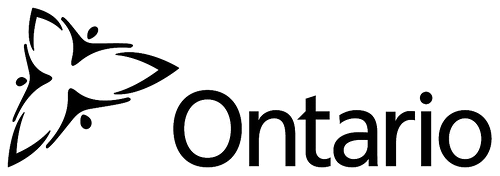
R.R.O. 1990, REGULATION 833: Control of Exposure to Biological or Chemical Agents.
The Ontario Ministry of Labour set out Occupational Exposure Limits (OELs) to restrict the amount and duration of exposure of workers to hazardous substances.

American Conference of Industrial Hygienists (ACGIH) Threshold Limit Values (TLV)
Threshold Limit Values (TLV) published by ACGIH are guidelines for industrial hygienists regarding safe levels of exposure to different chemicals in workplaces.
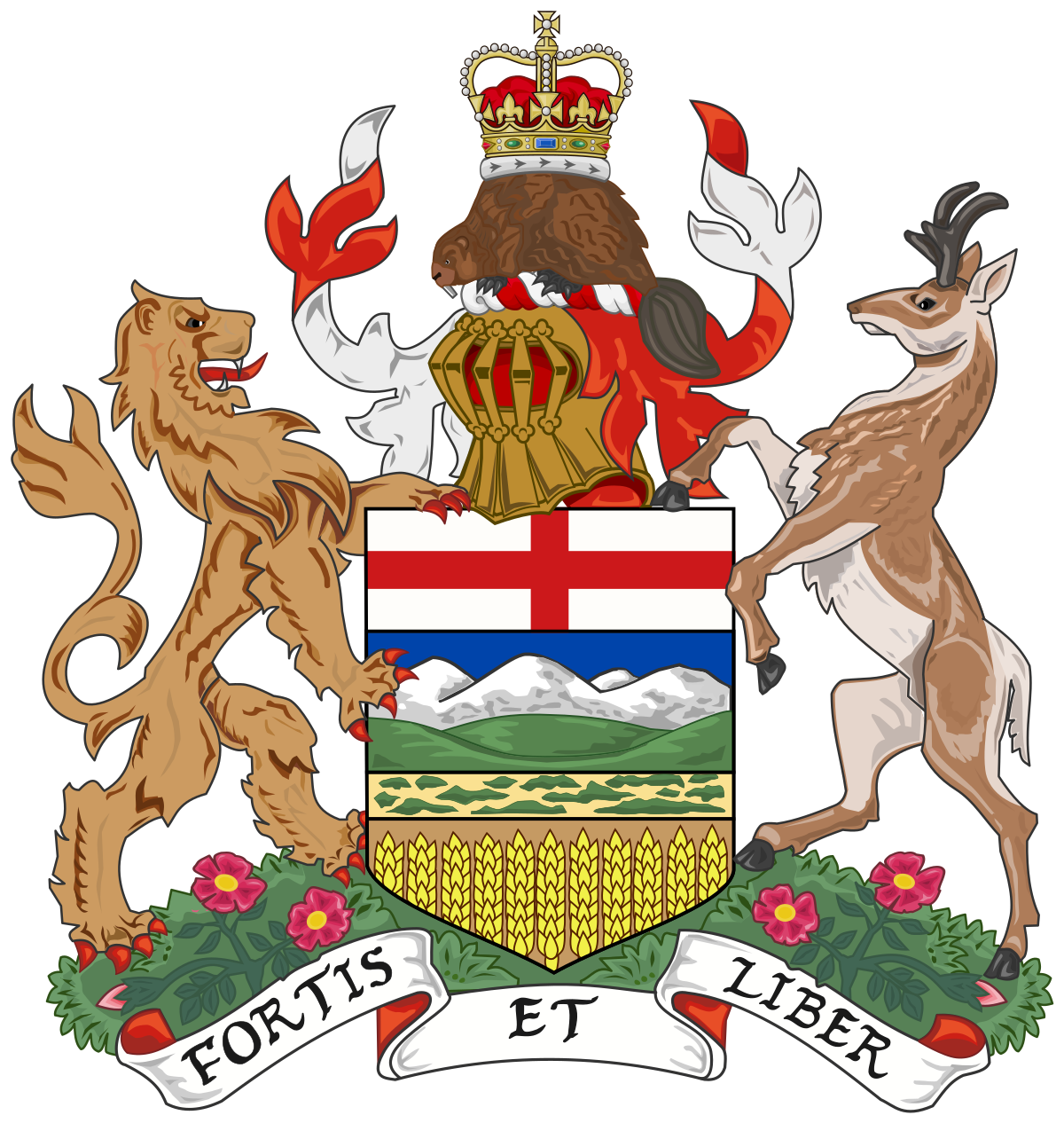
Alberta Occupational Health and Safety Code 2009 – Schedule 1 Chemical Substances
Refer to Schedule 1 Chemical Substances

Acute Exposure Guideline Levels (AEGLs)
AEGLs describe the risk to humans from single or rare incidents of exposure to hazardous airborne chemicals.

An Introduction to Indoor Air Quality – Volatile Organic Compounds (VOCs).
U.S. Environmental Protection Agency

Indoor Air Pollution: An Introduction for Health Professionals
U.S. Environmental Protection Agency Publication No. 402-R-94-007, 1994.

Agency for Toxic Substances and Disease Registry (ATSDR)
ATSDR aims to prevent hazardous exposures and diseases associated with toxic substances by providing information, research, and public health initiatives.

